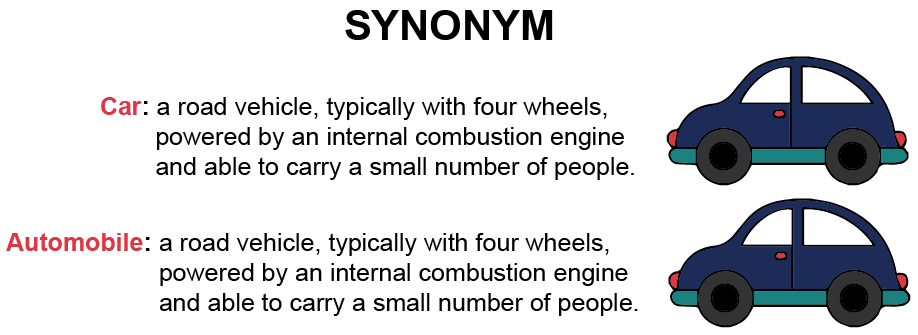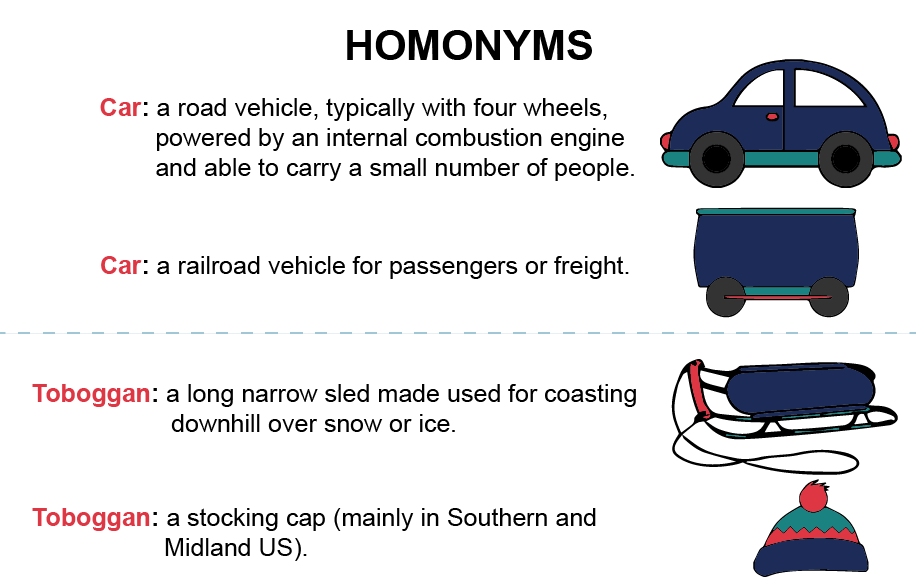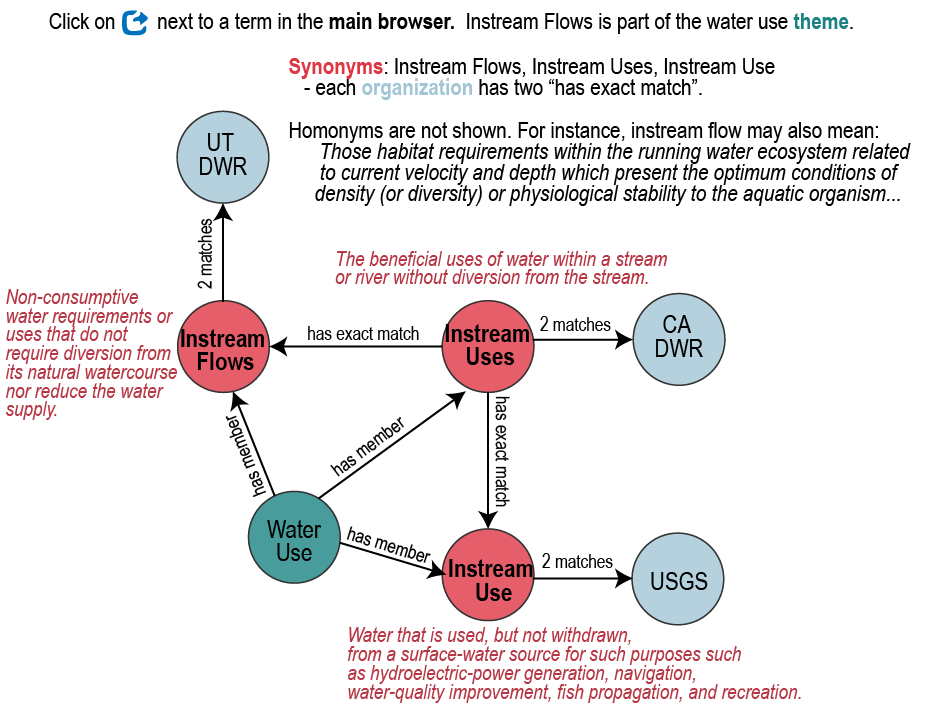Coming to Terms
Historically, water has been politically handled as a local issue, whether managed by local utilities (public or private), state governments, or even individual departments within state or federal government. As a result, public agencies and private entities can (1) use the same word to mean different things and (2) use multiple words to mean the same thing. As public agencies improve the findability, accessibility, and usability of water data, it becomes increasingly important to understand the terms and definitions describing the data in order to ensure data pulled from multiple agencies are put to correct use.
One of the initial roles proposed for the Internet of Water (IoW) is to serve as a head librarian who facilitates and coordinates ongoing conversations across the water data community and provides a clearinghouse for initiatives, catalogs, definitions, standards, and so on. To that end, the IoW and the Water and Data Exchange (WaDE) Program of the Western States Water Council are compiling a list of water-related terms and their definitions used by federal and state public agencies. The Water Terminology Collection provides a one-stop location to search for and find terms with their corresponding definitions. It also provides a way to discover both:
- Synonyms – different terms with similar definitions, such as “car” and “automobile”, and
- Homonyms – same term with different definitions, such as “car” which can mean an automobile or a rail car.
As seen in this example, sometimes the same word can be both a synonym and a homonym.


The Coming to Terms is a collection of water terminology that tracks the (1) definitions, (2) synonyms, and (3) homonyms of water-related terms used by public agencies. All definitions are downloadable. To see a visual representation of synonyms only, click on the blue share icon next to a term in Term Browser (Figure 1).
The process is open source, please feel free to contribute the terms used by your public agency! The goal for the Water Terminology Collection is not to reconcile terms, but to provide a platform where water-related vocabularies are shared so those addressing regional-scale water challenges can come to terms with the definitions that best suits their context and needs.

